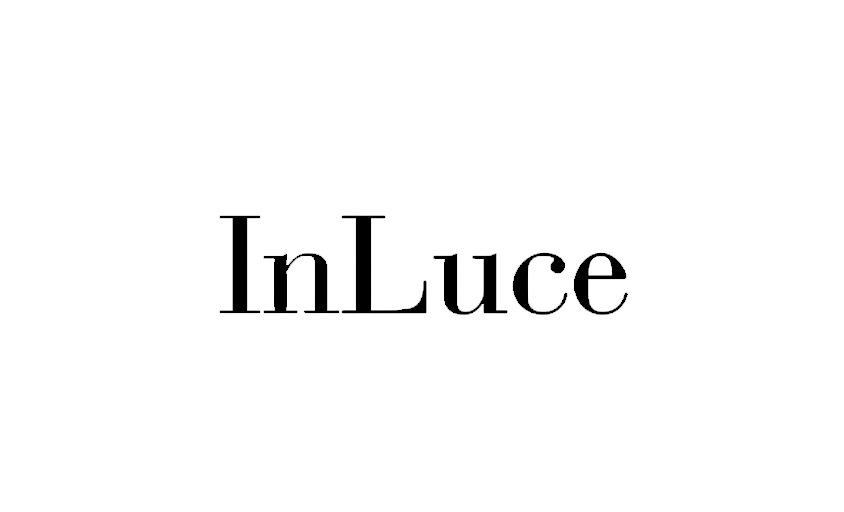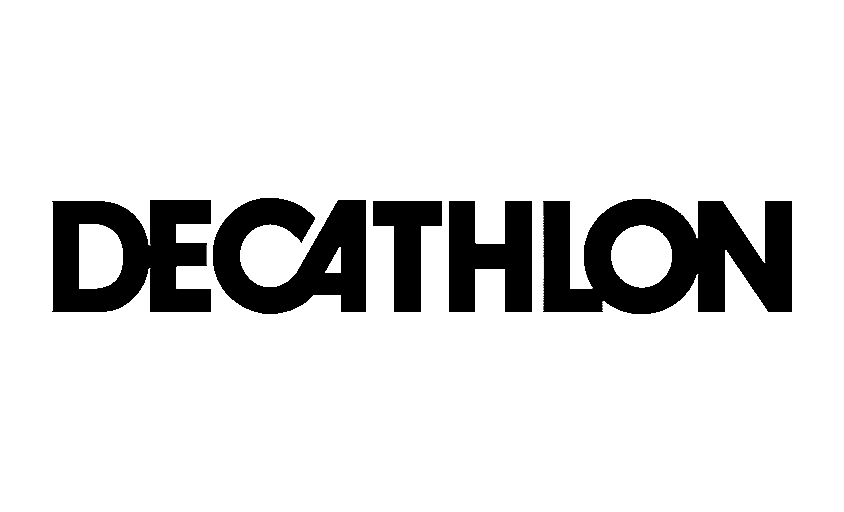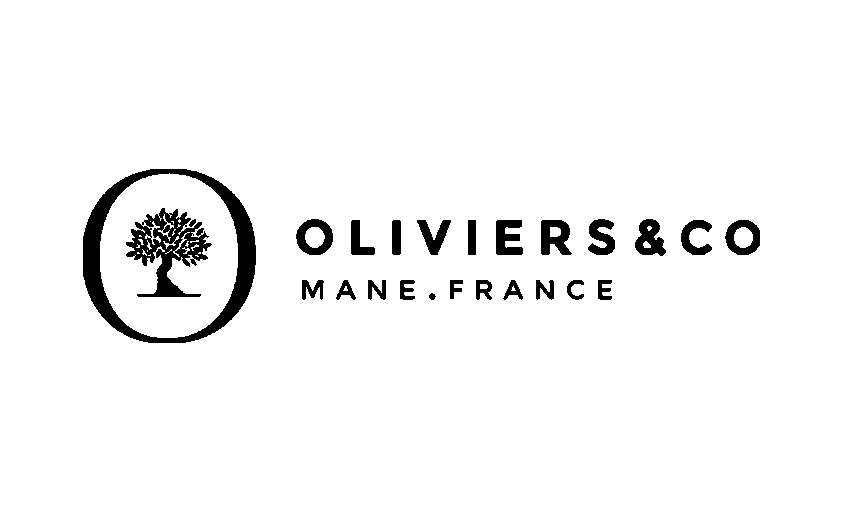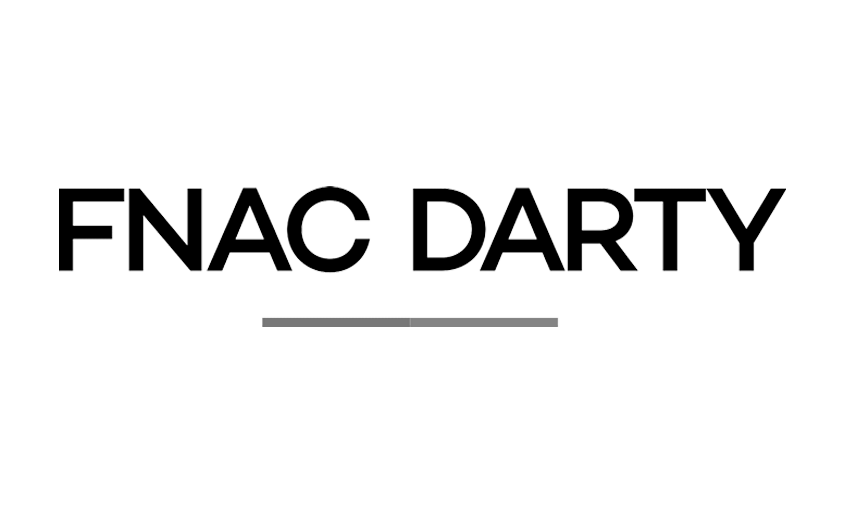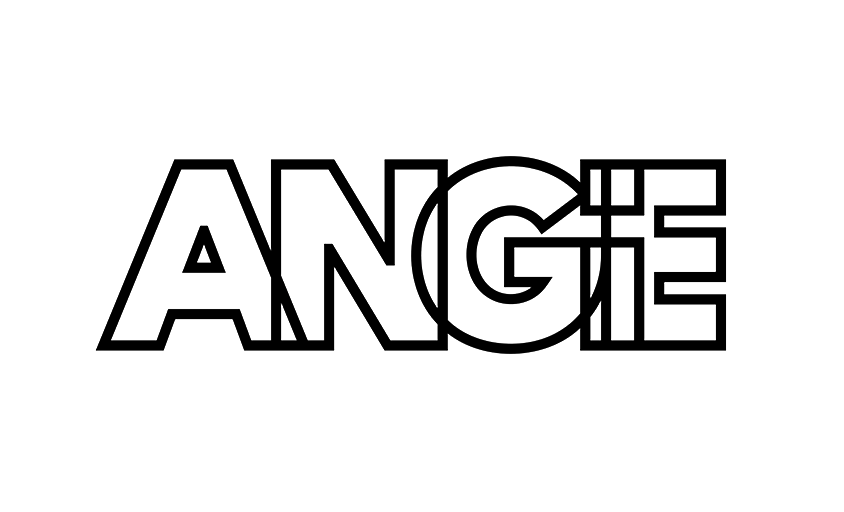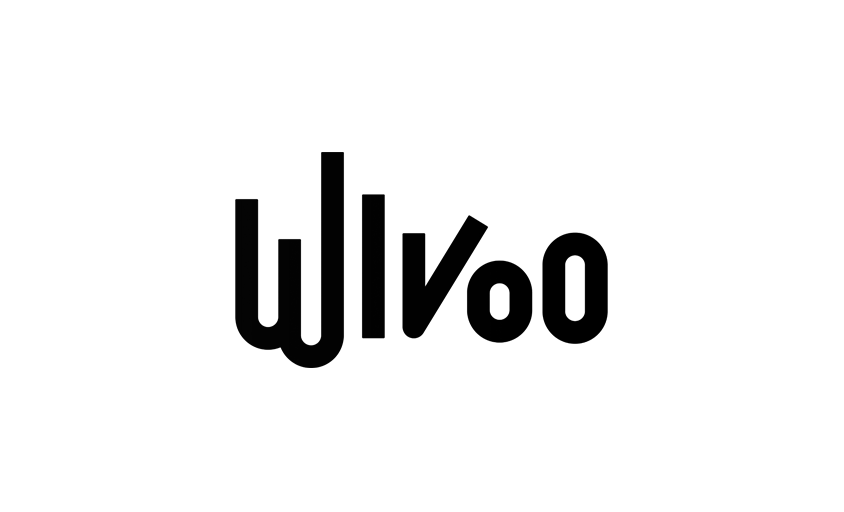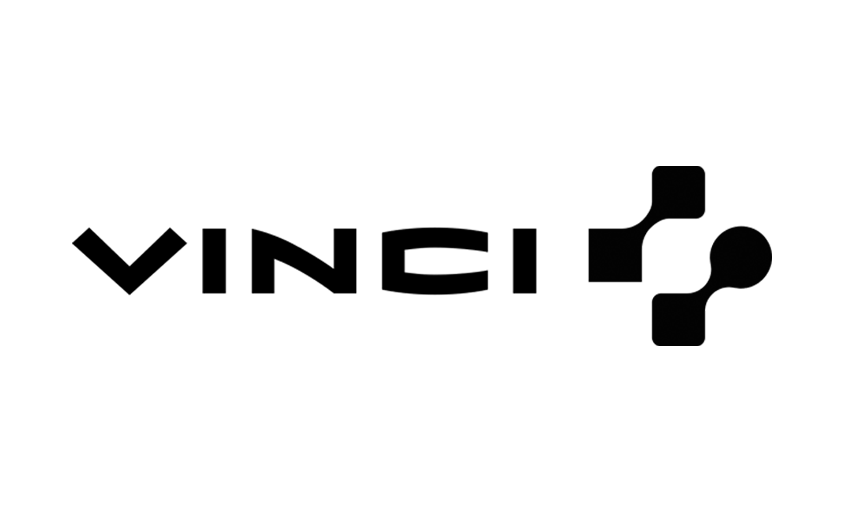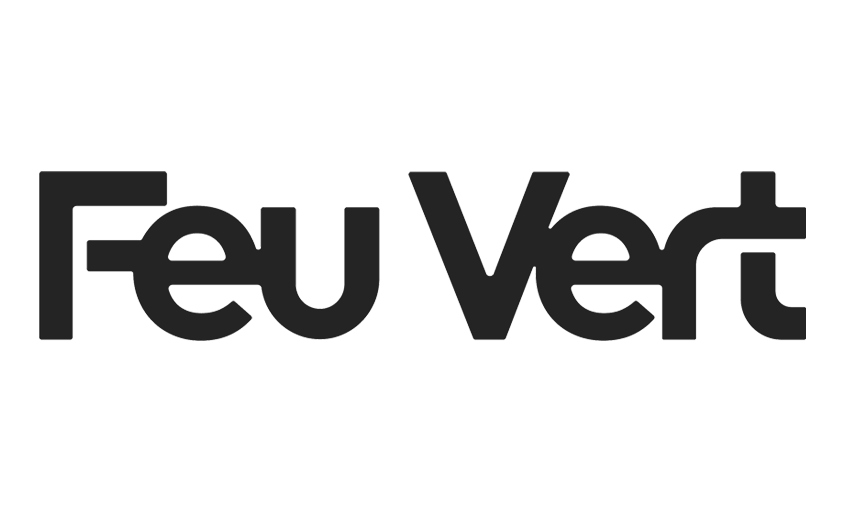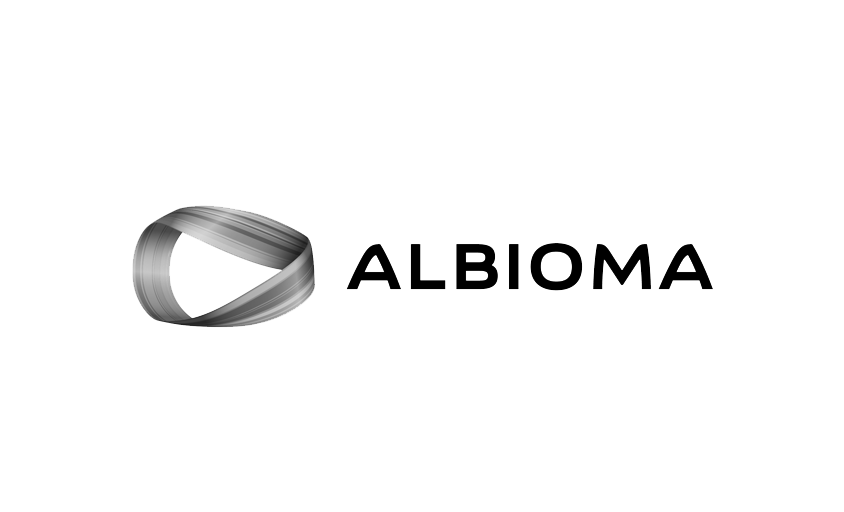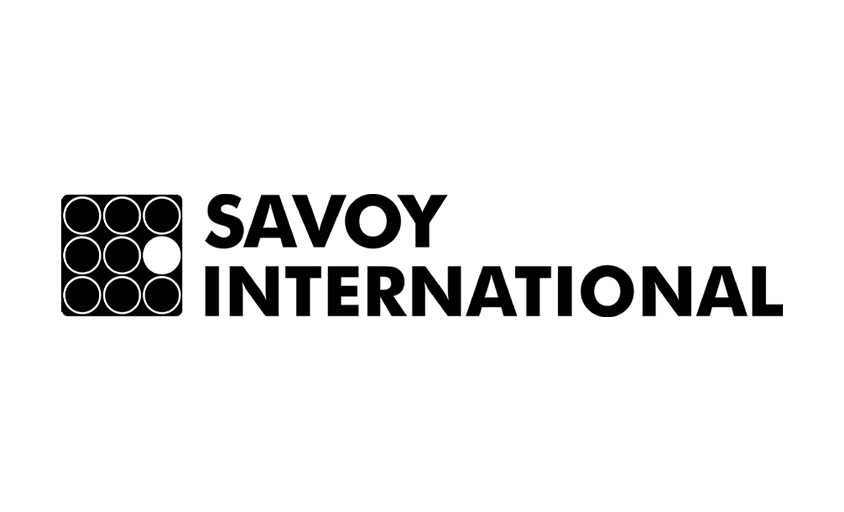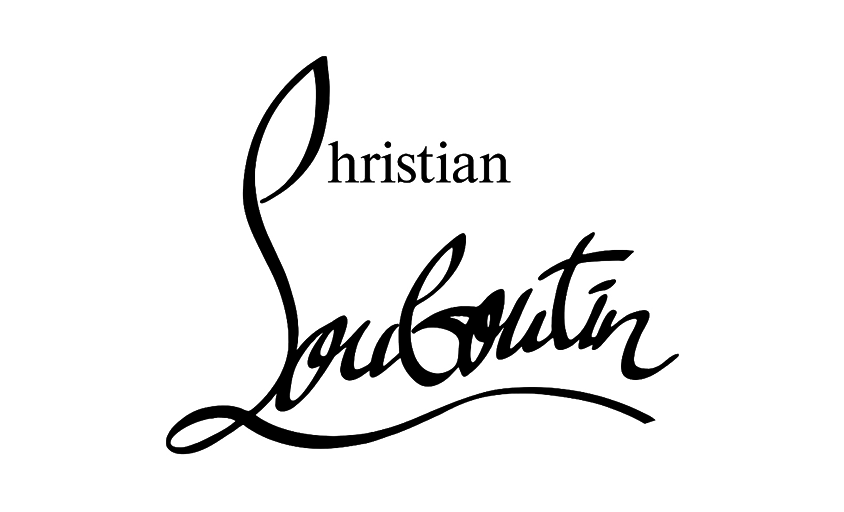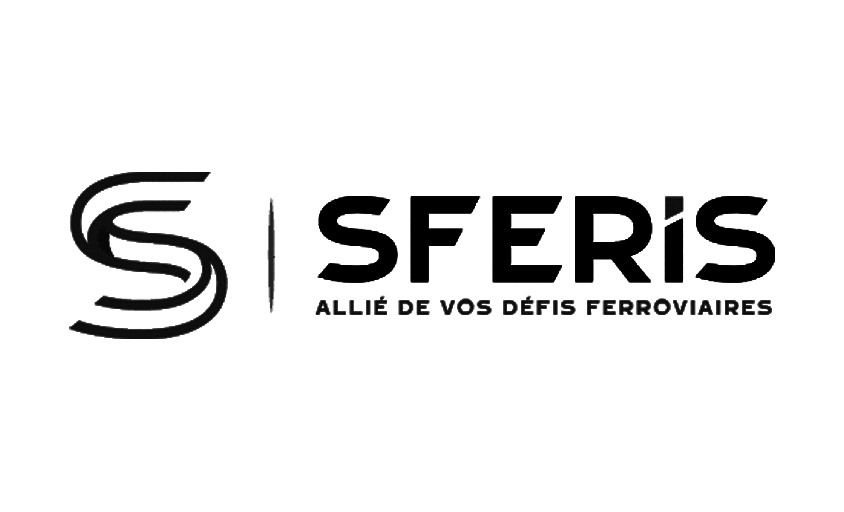How to Become a Freelance Photographer
In this article :
Working as a freelance photographer means choosing freedom but also responsibility. It’s about turning your vision into a profession while fully embracing independence. Unlike salaried photographers or those working within agencies, freelancers build their careers on their own: finding clients, managing projects, handling equipment, invoicing, meeting deadlines… all while demonstrating a high level of adaptability.
Yet, more and more photographers, both newcomers and seasoned professionals, are drawn to this career path. Why? Because it allows them to pursue a creative profession on their own terms while exploring various fields, from wedding photography to corporate shoots, portraits to product and event photography.
A Multifaceted Profession
A freelance photographer is an independent image professional who works autonomously, often for a diverse range of clients. They may specialize in a specific field (fashion, architecture, sports, culinary photography) or navigate multiple industries depending on demand.

But their role goes beyond just taking photos. They must also:
- Understand the client’s expectations;
- Prepare for shoots (equipment, location scouting, briefing, logistics);
- Capture images, sometimes in unpredictable conditions;
- Handle post-production (editing, selection, exporting in the right formats);
- Manage file delivery;
- And, of course… run their business like a full-fledged company.
Being a Freelancer
What is often overlooked is that a freelance photographer is also a true entrepreneur, even when working alone. They must handle all the administrative, legal, and financial aspects of their business, from setting up their professional status to declaring their income. On top of that, there’s the commercial side: negotiating quotes, drafting contracts, scheduling meetings, prospecting for new clients, and maintaining relationships.
To establish and grow their business, they also need to manage their online presence, keeping their website updated, maintaining a strong social media strategy, and optimizing local SEO. In short, they are an artist, a manager, a marketer, and a salesperson all at once. With no hierarchy to guide them and no manager to follow up, everything depends on their ability to stay organized, anticipate needs, and fulfill commitments.
A Profession That Requires Many Skills
Being a good photographer isn’t enough to succeed as a freelancer. You also need to:
- Listen and communicate – to understand client expectations and build trust.
- Manage time and priorities – to deliver on schedule without becoming overwhelmed.
- Be comfortable with digital tools – for post-processing, backups, file transfers, and online publishing.
- Build a strong network – since word-of-mouth and recommendations are crucial.
Freelancers must also learn how to showcase their work, present it clearly, set their rates… and carve out a space in a highly competitive industry.
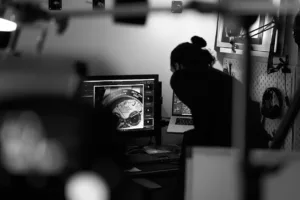
Statuses, Procedures, and Organization: Starting Out as a Freelance Photographer
To become a freelance photographer, having a diploma is not mandatory, but a solid technical foundation is essential. Many training paths exist, BTS programs, photography schools, or self-teaching combined with internships. What truly matters is having a convincing portfolio and strong field experience.
Which legal status should you choose to work as a freelance photographer?
- The most commonly chosen status for beginners is the micro-enterprise (sole proprietorship): it offers simplified management (online registration via autoentrepreneur.urssaf.fr), lower social charges (around 22%), and light accounting requirements. It’s ideal for testing your activity or working alongside another source of income.
- For higher income or a more structured business, you can opt for an individual business (EI), single-person limited liability company (EURL), or simplified joint-stock company (SASU). These statuses allow for more deductions (equipment, expenses), VAT recovery, and potentially a better framework for growth, but they also come with more complex accounting obligations.
- Some photographers choose the “photographer-author” status, especially if they sell artistic works or collaborate with content distributors (publishers, media, galleries, etc.). This status is managed by URSSAF and either La Maison des Artistes or L’Agessa.
Depending on the type of services provided (private commissions, reportage, editorial illustration, fine art), the appropriate status will vary. It’s also common to combine several roles.
Who Does a Freelance Photographer Work For?
A freelance photographer can collaborate with:
- Businesses (corporate portraits, events, photos of premises or products)
- Communication agencies
- Private clients (weddings, family portraits, personal events)
- Public entities (institutional photography, project coverage)
- Media or publishers
- And sometimes… other photographers (as subcontractors or in collaboration).
The key is to adapt one’s style and approach to each context while maintaining a consistent visual identity.
The Advantages (and Challenges) of the Profession
Freedom, diversity, creativity: these are the words most often mentioned by freelance photographers. Being able to organize one’s schedule, choose clients, and work on varied projects… all of this brings a true sense of dynamism to daily life.
But this freedom comes at a cost: income instability, mental load, time management, and sometimes, professional solitude.
Some months are full of projects, while others are less busy. Therefore, it’s important to learn how to manage slow periods, keep learning, and maintain motivation.
Personal Signature
In an age where digital tools are accessible to all, what sets a good freelance photographer apart is less about technique and more about their perspective. This perspective, shaped by experience, visual culture, and sensitivity, becomes a true signature.
Those who succeed in the profession are those who can translate a personal vision into a professional context. Whether hired for a corporate photo, a lifestyle campaign, or a documentary shoot, clients seek them out for what they know how to tell.
How Much Does a Freelance Photographer Earn?
A freelance photographer’s income varies greatly depending on their experience, specialization, location, and ability to build client loyalty. On average, a beginner freelance photographer can expect to earn between €1,200 and €2,000 net per month, with fluctuations depending on seasonal demand.
Certain fields s(uch as wedding, fashion, or corporate photography) allow for daily rates ranging from €300 to €1,000 or more for highly specialized profiles. However, it’s important to factor in business expenses, off-peak periods, and time spent on client acquisition or post-production.
👉 In freelancing, turnover doesn’t equal net income: it’s essential to plan for all costs (equipment, software, insurance, social contributions to URSSAF, etc.) to ensure the sustainability of your business.
Conclusion
Being a freelance photographer means living off your perspective while managing a complex business. It’s about balancing between the image and the business, creativity and discipline, independence and adaptability.
But for those who enjoy moving, meeting people, learning, creating, and adapting, it’s also a dynamic, rich, and evolving profession. Just like the world it captures.
At Rétines, we understand how this freedom comes with responsibility, which is why we value strong collaborations with committed, passionate, and professional freelancers.
Jérémy Carlo is the editorial director at Rétines, where he ensures the consistency and clarity of all content produced by the studio. His role goes beyond writing—he shapes the tone, structures the messages, and upholds a precise, demanding editorial line that stays true to the identity of Rétines. With a background in visual communication and solid experience in content strategy, he bridges the technical world of photography with clear, no-frills writing.
Jérémy works closely with photographers, art directors, and the commercial team to make sure every word published serves the image, the message, and the brand. From blog articles and client presentations to social media posts and internal documents—everything is filtered through his attentive eye. His strength lies in making complex ideas accessible without oversimplifying, and in highlighting the studio’s work without relying on unnecessary superlatives.
Through his writing, Jérémy helps Rétines exist beyond the image—by giving context to projects, emphasizing the thinking behind each shoot, and bringing to light the technical and aesthetic choices that drive each photograph.
Our Clients
Let’s discuss
What we do for you at Rétines
Meticulous work, an organised project and fast delivery. And to achieve this, we mobilise the right resources in our teams at the right time.
01
Pre-production
Artistic and technical direction tailored to the project.
Relevant recommendations on content, form and resources.
02
Photo Shooting
Photos taken by our experienced photographers.
Production that’s controlled, efficient and tailored to the needs of the project, with nothing superfluous.
03
Retouching
Technique
Photographs magnified by our retouching team.
Post-production to meet the commercial challenges of the brief.

